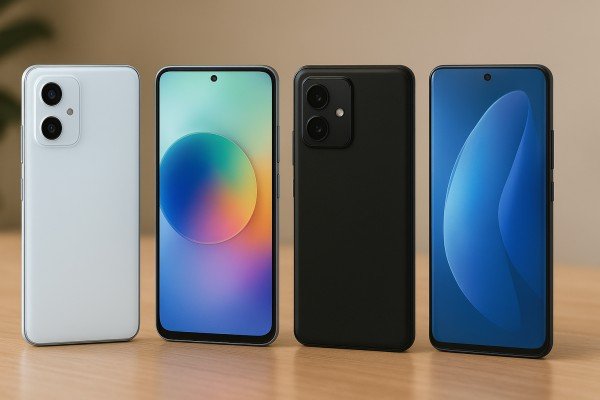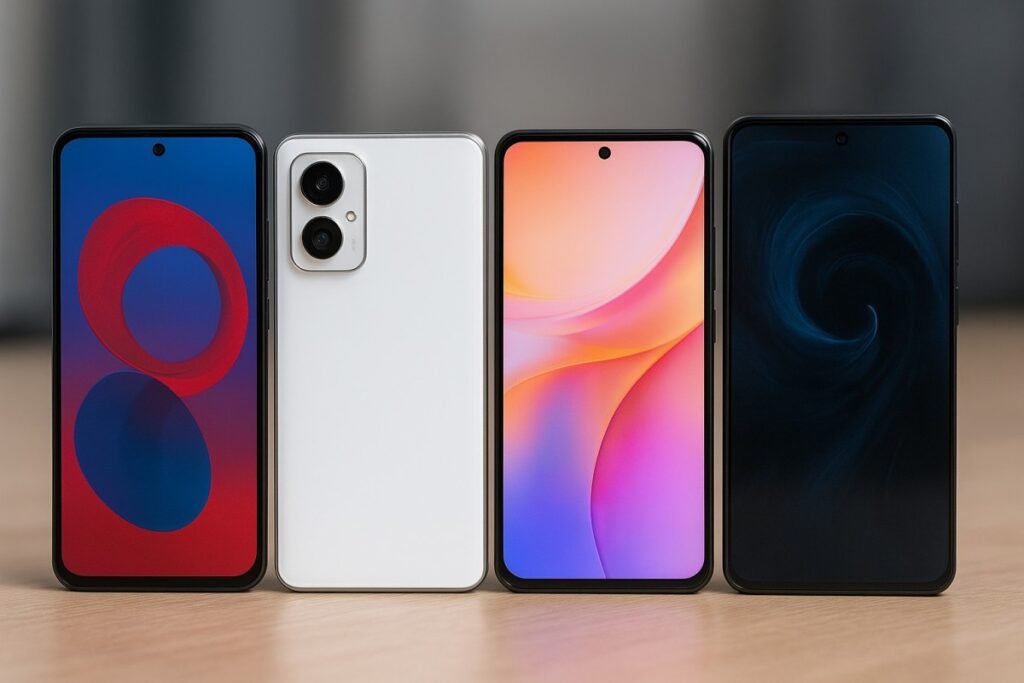If you’ve got a ₹30,000 ceiling this year, you’re in luck. The mid-range is where brands are fighting the hardest, and it shows in the specs: sharp AMOLED screens, big batteries, capable cameras, and clean software are all on the table. The trick isn’t finding a good phone—it’s picking the right trade-offs for how you actually use it.
How to choose under 30K in 2025
- Display first: Look for an AMOLED display with at least 120Hz refresh. It’s easier on the eyes, richer in contrast, and better outdoors. Flat panels are less prone to accidental touches than curves.
- Performance fit: A modern 7‑series Snapdragon or Dimensity 7/8‑series chip is plenty for daily use and gaming at medium to high settings. Prioritize UFS 3.1/4.0 storage and 8GB–12GB RAM for smooth app juggling.
- Cameras that matter: A stabilized main sensor with optical image stabilization (OIS) beats more lenses every time. Ignore the 2MP filler cameras—focus on a strong 50MP main and a usable ultrawide.
- Battery and charging: 5,000mAh is the baseline now. Fast charging (50W–80W) is handy, but battery health over the long run matters more—avoid constant 0–100% cycles and keep overnight trickle to a minimum.
- Software promise: A clean Android skin with a clear Android update policy is worth real money. Two to three OS updates and regular security patches should be the minimum expectation.
- Build and durability: An IP67 rating gives peace of mind against dust and accidental splashes. Gorilla Glass (Victus or better) and a decent case on day one save headaches later.
- 5G reality: All current 5G smartphones support India’s key bands for metro coverage. Dual 5G standby is standard, but check carrier aggregation if you stream a lot.
Top picks under 30K right now
- Nothing Phone (2a): Minimalist design, clean software, and a surprisingly reliable camera for the price. The OLED panel is bright, battery life is steady, and Nothing’s update cadence has been solid. If you value a clutter-free UX and distinctive looks, this is the safest all-rounder.
- Samsung Galaxy A35 5G: Excellent AMOLED, long update window, and consistent daylight photos. One UI is feature-rich without being heavy, and the phone feels premium in hand. Great for users who prioritize stability and resale value.
- OnePlus Nord CE 4 5G: Snappy performance, fast charging, and OxygenOS staying close to stock. It’s a gamer-friendly pick without going overboard on flashy aesthetics. Strong haptics and decent stereo speakers seal the deal.
- Motorola Edge 50 Fusion: Near-stock Android, crisp pOLED display, and a balanced camera. Motorola’s gesture shortcuts are genuinely useful, and the phone stays cool under load. Ideal if you want clean software with just enough flair.
- iQOO Z9 series: Performance-first tuning, smooth 120Hz panel, and quick charging make it a value champ for students and gamers. Night photos are decent; video stability is better than expected at this price.
Tip for deal hunters: street prices often dip below MRP during festive sales. If a model hovers just above ₹30,000, keep an eye on bank offers and exchange bonuses—you can usually land it in budget.
Use-case cheat sheet
- For creators and reels: Pick a phone with OIS on the main camera, solid mic quality, and a reliable ultrawide. Pair it with a compact gimbal and you’re set for on-the-go shoots. Creators like Tech Burner and Manoj Dey often spotlight these practical tweaks that make mid-range phones punch above their weight.
- For gamers: Prioritize sustained performance and thermal control over peak benchmarks. Look for larger vapor chambers, a 120/144Hz panel, and at least 256GB storage to keep installs flexible.
- For work-first users: Choose clean software, long support, and strong network performance. Good earpiece loudness, call quality, and dependable 5G bands matter more than a fourth camera.
- For battery warriors: A 5,000–5,500mAh cell with efficient standby and smart charging controls will outlast a slightly faster charger. Keep brightness sensible and you’ll do two days with ease.
Buying tips and timing
- Check updates on day one: Confirm the promised OS versions and security cadence in settings—not just on the box.
- Test before you commit: In-store, try the keyboard, camera shutter lag, and speaker clarity. If these feel off, no spec sheet will fix it.
- Mind the weight: Anything over 200g with a case can feel tiring during long sessions. Balance is as important as battery size.
- Protect the essentials: Add a screen protector immediately and invest in a slim, grippy case. A little friction prevents accidental drops.
- Don’t chase megapixels: A well-tuned 50MP sensor with OIS and good processing beats a 108MP sensor without stabilization.
Final word
The “best” under 30K isn’t a single phone—it’s the one that nails your top three priorities without saddling you with compromises you’ll notice every day. Start with display, camera stability, and software support. From there, choose the design and extras that make you want to pick it up. Do that, and any of these mid-rangers will feel like a flagship where it counts.








